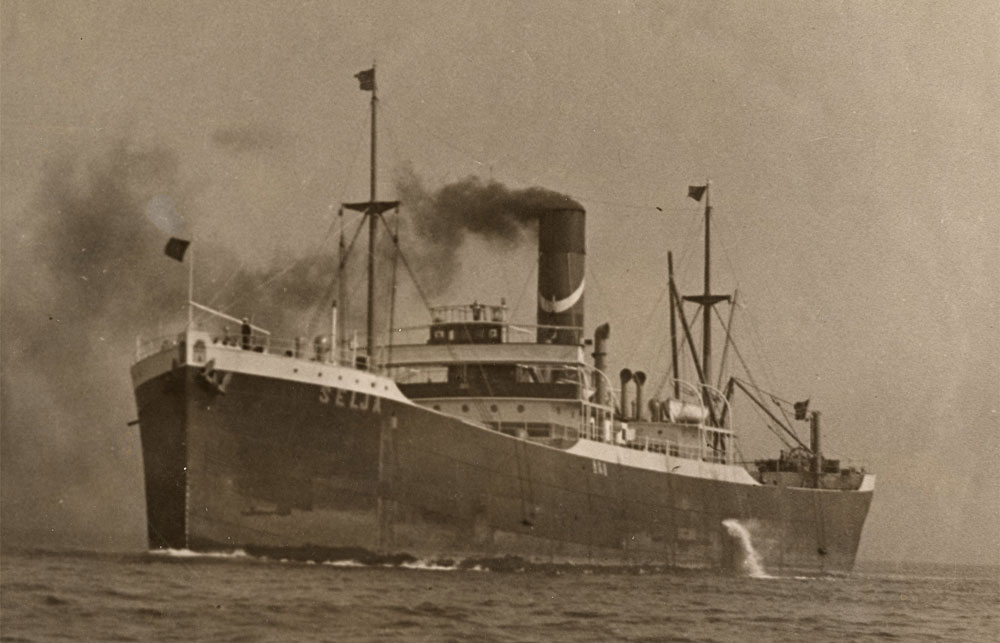In the Gulf of Farallones National Marine Sanctuary and the waters near the Golden Gate Bridge, a pair of maritime detectives is searching for sunken treasure — historic shipwrecks that can give unique insights into America's maritime history.
There are about 300 sunken ships in this area of the Pacific, according to James Delgado, director of Maritime Heritage for the Office of National Marine Sanctuaries, who described the area as one of the "great undersea museums in the nation."
NOAA researchers conducting a long-term archeological survey they describe as "the first systematic investigation" of its kind in the region hit pay dirt two days into a five-day expedition. Using a remote-controlled underwater vehicle equipped with sonar and video cameras, they have discovered three shipwrecks.
Just outside San Francisco’s Golden Gate strait, the researchers have found the 1910 shipwreck SS Selja, an unidentified early steam tugboat wreck and the 1863 wreck of the clipper ship Noonday.
In addition to the newly identified ships, researchers completed the first-ever sonar survey of the wrecks of the tankers Frank H. Buck and Lyman Stewart, portions of which can be seen in the waters of Golden Gate National Recreation Area at low tide.
The sheer number of wrecks hypothesized to be sitting on a relatively small area of sea floor (Gulf of the Farallones National Marine Sanctuary covers about 1,300 sq. miles) surprised me until I thought about the heavy fog that often shrouds the rocky San Francisco Bay. The fog plus heavy winds must have wreaked havoc in an age before sonar and other navigational aids.
If you have time to spare this afternoon, it's fascinating to check out the historic photographs and new underwater videos of the ships' skeletons indexed at NOAA's Gulf of Farallones website. As Delgado told the AP, "every one of these sinkings, has its own dramatic story to tell."




